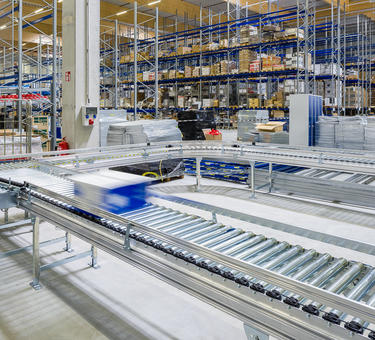Prologis has the industry’s only in-house research team, giving us clear sightlines on today’s opportunities and tomorrow’s trends. Our research is grounded in a business imperative: for supply chains, the one constant is change. This is why we have the industry’s only proprietary database. Our unique global perspective positions us to understand and act on current opportunities and future trends for the logistics real estate segment of the overall supply chain.
In our first paper in a three-part series, we found that the rise of e-commerce is pulling supply chains closer to consumers and driving demand for more costly logistics space.
In our recently published second paper, we built on these insights to examine a key question: are these new network strategies sustainable? The answer is yes for two key reasons: e-commerce delivers substantial value to consumers, and logistics real estate can create value far beyond its cost.
To derive these conclusions, we collaborated with The Sequoia Partnership, a leading supply chain research group. Together, we developed a model to calculate costs for the total supply chain and its constituent parts. Our new model enables us to evaluate the tradeoffs companies must make in their supply chains to optimize costs and address rising demand for enhanced service levels. It also accounts for the increasing influence of e-commerce on key components of end-to-end supply chain spend: transportation, labor, retail operations and logistics real estate.
Based on our analysis, several additional findings emerged that can help future-proof supply chains and logistics operations:
- E-commerce intensifies the focus on distribution center location strategy.
- Decentralized e-fulfilment distribution is the most cost-effective model.
- New methods of e-fulfilment (e.g., click and collect) add to logistics demand.
- Reconfigured supply chains are intensifying the need for labor.
Dirk Sosef, responsible for Prologis' research and strategy initiatives in Europe, explains: “In Germany, we are noticing that the availability of qualified labor is increasingly important for companies that are choosing the location of their distribution centers. Reconfigured supply chains are intensifying the need for labor, and there are cases of acute shortage. To attract and retain employees successfully, companies try to offer the best working environment available—our WELL Building Standard™ pilot in Tilburg, Netherlands, is a great example of that trend.”
Read Prologis’ research paper about logistics and the supply chain.
